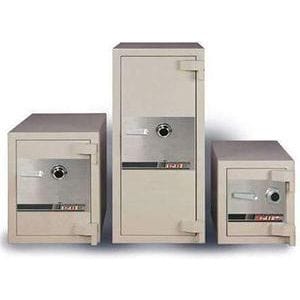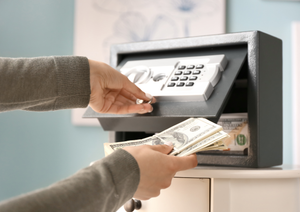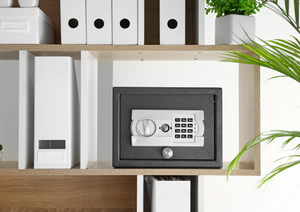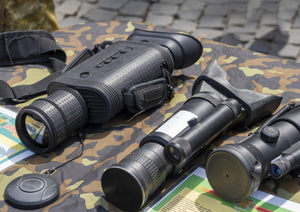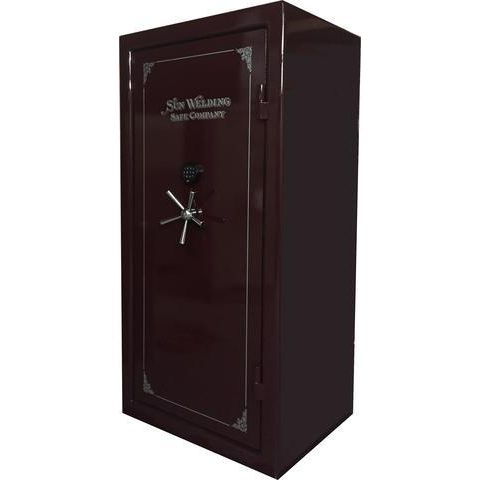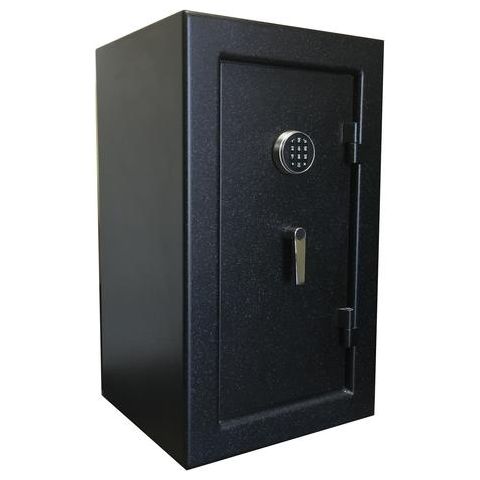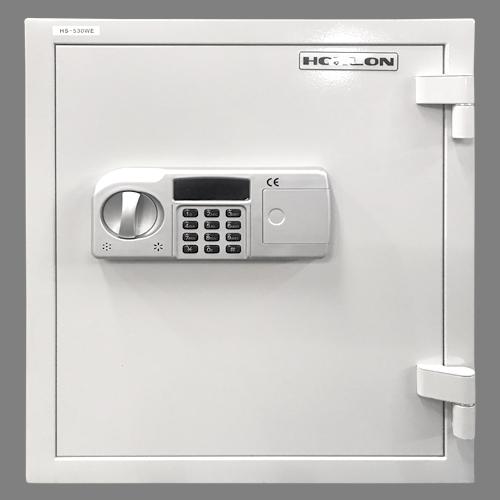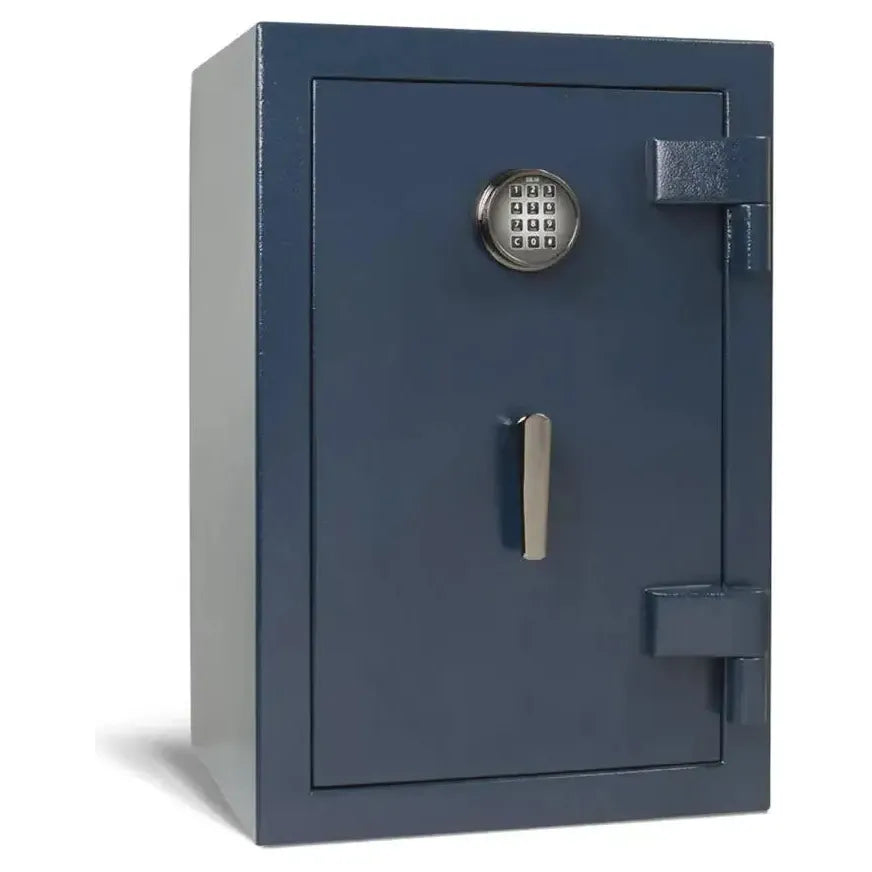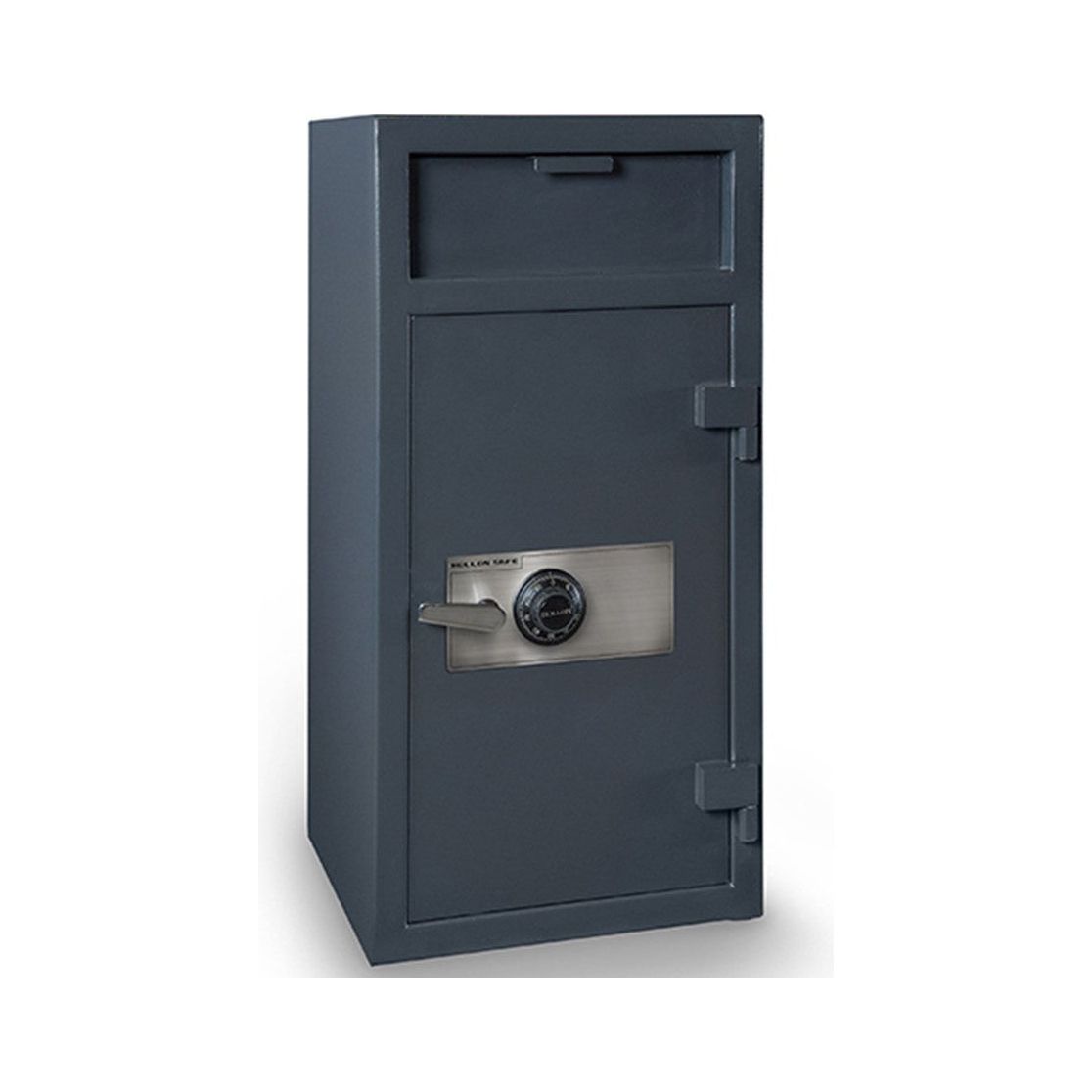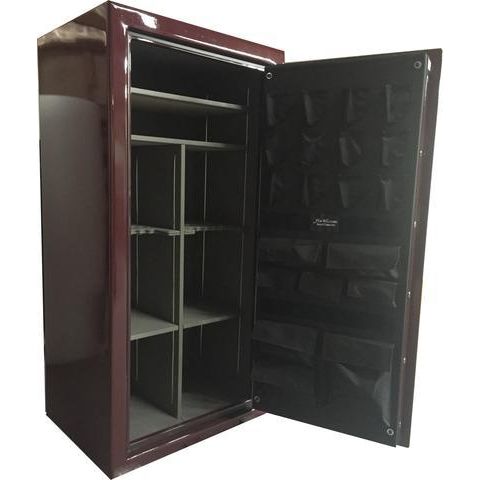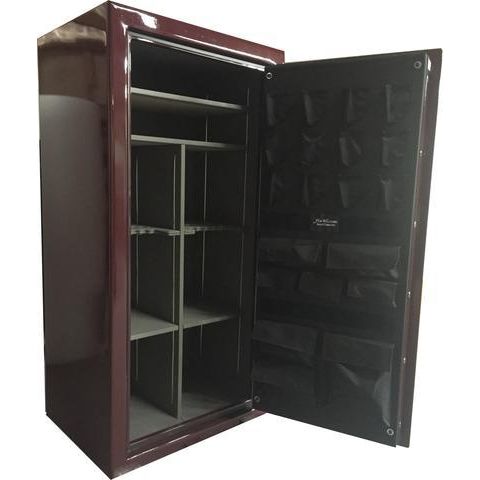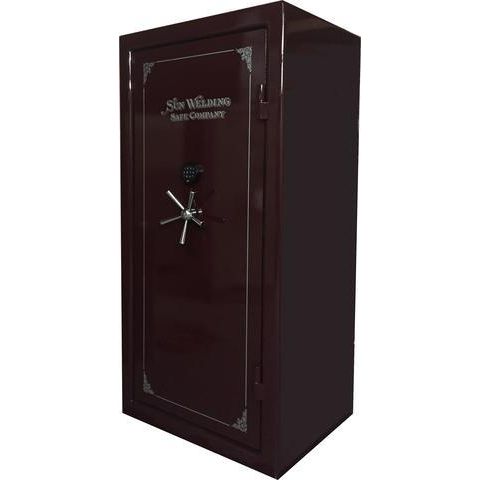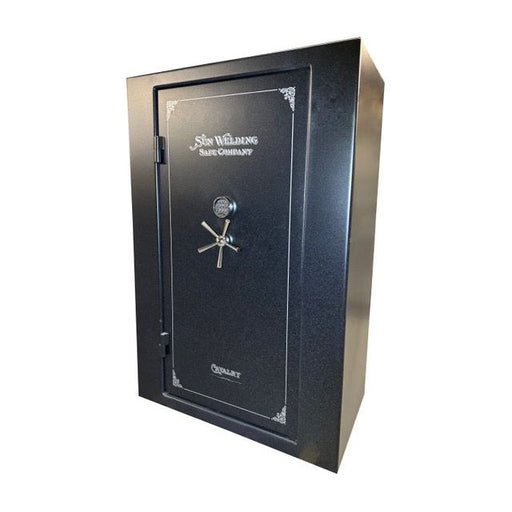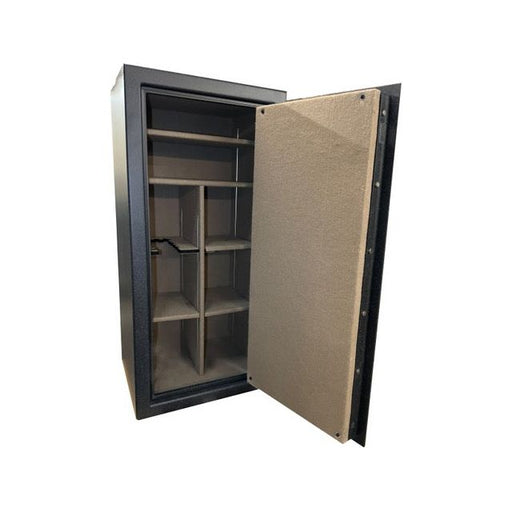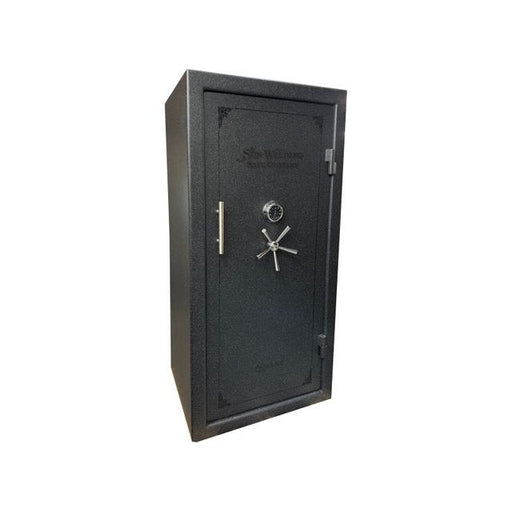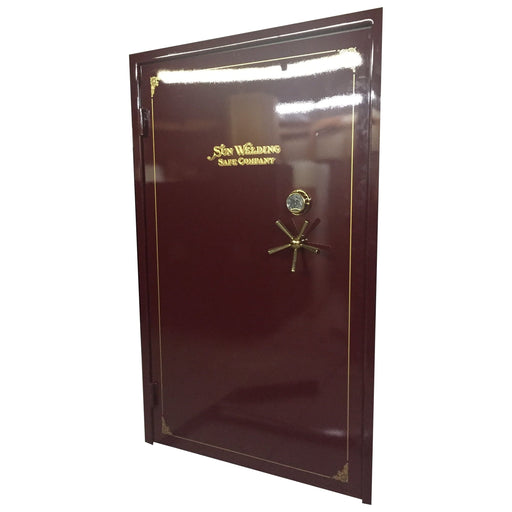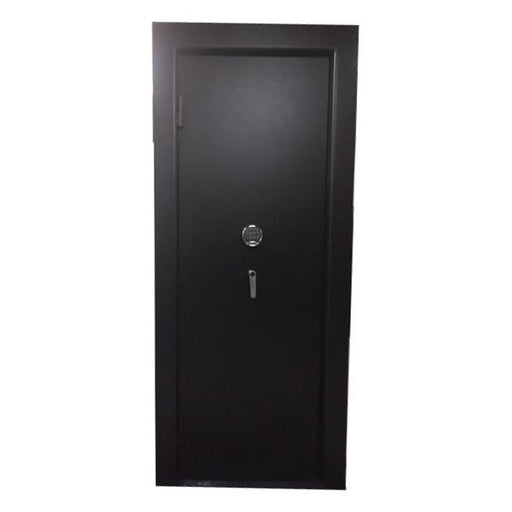
In a world where security is of paramount importance, protecting valuable assets and sensitive information has become crucial. This has led to the rising popularity of vault doors, which are designed to provide an extra layer of security against forced entry and tampering attempts. But are these doors truly impervious to determined intruders? In this blog post, we delve into the features and technology that make vault doors highly resistant to forced entry and tampering, ensuring your peace of mind.
- Sturdy Construction and Materials
Vault doors are engineered with robust materials like heavy-gauge steel, reinforced concrete, and advanced alloys. This construction makes them significantly more durable than standard doors, making it exceedingly difficult for intruders to break through. The thickness and density of the materials create a formidable barrier, making forced entry a daunting task.
- Precision Engineering and Welding
Vault doors are crafted with precise engineering and expert welding techniques to eliminate any weak points or vulnerabilities. The seamless integration of components ensures there are no gaps or crevices where a potential intruder could exploit. Welded seams increase the door's overall strength, enhancing its resistance to tampering.
- Advanced Locking Mechanisms
The heart of a vault door's security lies in its locking mechanisms. These doors come equipped with sophisticated locking systems, such as combination locks, electronic keypads, biometric scanners, and time-delay features. Some models even incorporate redundant locking systems, ensuring that even if one fails, the door remains secure.
- Re-locking Systems
In the event of an attempted breach or tampering, many vault doors feature re-locking systems. These systems automatically engage secondary locks if the primary ones are compromised, thwarting any further attempts to gain unauthorized access.
- Drill and Torch Resistance
Vault doors are designed to resist common break-in methods, such as drilling and torching. Manufacturers incorporate special materials in critical areas that are impervious to cutting torches and drill bits. This feature is especially important, as skilled burglars may attempt to use these methods to breach the door.
- Pry Bar Resistance
Vault doors are designed to withstand prying attacks. Reinforced bolts, hardened steel plates, and pry-resistant mechanisms prevent would-be intruders from forcing open the door with crowbars or other tools.
Conclusion
Vault doors are engineered with a combination of strength, precision, and advanced technology to provide maximum resistance against forced entry and tampering attempts. Their sturdy construction, advanced locking mechanisms, and drill-resistant materials ensure that valuable assets, sensitive information, and cherished possessions remain safeguarded.
When investing in a vault door, it is essential to choose a reputable manufacturer and select a model that meets your specific security needs. Regular maintenance and periodic inspections will also ensure that the door remains in top-notch condition, offering long-term security and peace of mind for you and your loved ones. Remember, a well-designed and properly installed vault door can be an invaluable asset in protecting what matters most.



